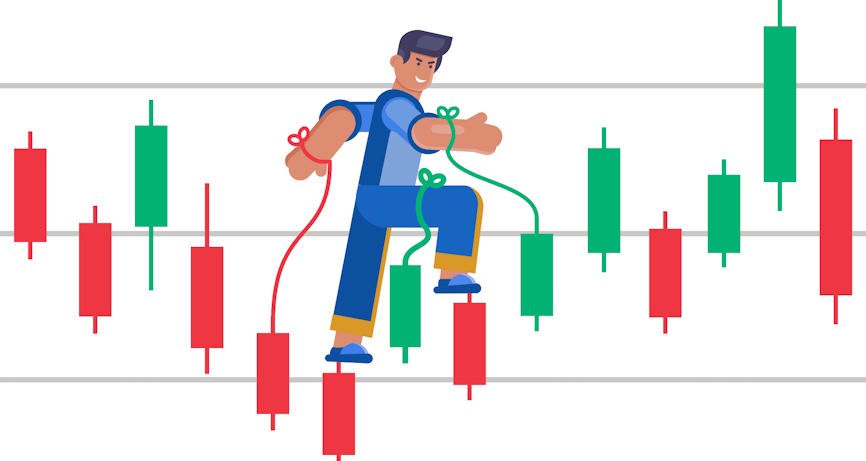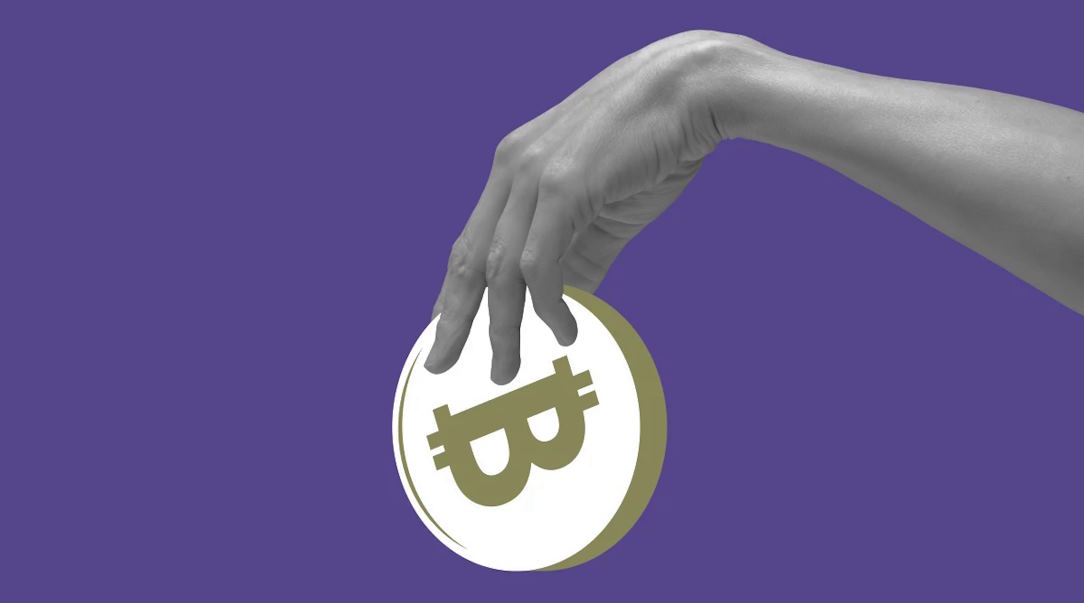Cryptocurrency Market Manipulation: Trends and Mitigation Strategies
The cryptocurrency market has experienced tremendous growth and volatility over the past decade, attracting both enthusiastic investors and opportunistic manipulators. As the popularity of digital currencies continues to rise, so does the concern over market manipulation. Cryptocurrency market manipulation refers to the deliberate and deceptive practices employed to distort prices, deceive investors, and create artificial market conditions. Understanding the trends and strategies behind market manipulation is crucial for investors, regulators, and industry participants.
Types of Cryptocurrency Market Manipulation
The cryptocurrency market, known for its volatility and decentralized nature, has become an attractive playground for manipulators seeking to exploit unsuspecting investors. Understanding the various types of market manipulation is crucial for investors to make informed decisions and protect their investments. In this section, we will explore three common forms of cryptocurrency market manipulation: pump and dump schemes, wash trading, and spoofing and layering.
Pump and dump schemes involve artificially inflating the price of a particular cryptocurrency through coordinated efforts by a group of manipulators. These manipulators typically promote the cryptocurrency through various channels, creating a sense of hype and frenzy among unsuspecting investors. Once the price reaches a desirable level, the manipulators swiftly sell their holdings, causing the price to plummet. Real-world examples of pump and dump schemes include the infamous case of Bitconnect and the SEC’s enforcement actions against fraudulent Initial Coin Offerings (ICOs). The impact of pump and dump schemes is significant, as they not only cause financial losses for inexperienced investors but also erode trust and confidence in the overall market.

Wash trading is another form of market manipulation where a trader simultaneously buys and sells the same cryptocurrency to create a false impression of trading activity. This deceptive practice artificially inflates trading volumes, giving the illusion of liquidity and market demand. Common methods used in wash trading include self-trading, where a manipulator trades with themselves, and coordinated trading between multiple accounts controlled by the same entity. Detecting wash trading presents significant challenges, as manipulators can employ sophisticated techniques to make their activities appear legitimate. The implications of wash trading are detrimental to the market, as it distorts price discovery, misleads investors, and undermines the integrity of cryptocurrency exchanges.
Spoofing and layering tactics involve placing fake orders to deceive other market participants. Spoofing refers to the act of placing large buy or sell orders with the intention to cancel them before they are executed, creating a false impression of supply or demand. Layering, on the other hand, involves creating multiple buy or sell orders at different price levels to create an artificial order book. These manipulative strategies can disrupt market liquidity and lead to extreme price fluctuations. Regulators have been actively working to combat spoofing and layering through the implementation of stricter regulations and surveillance systems to detect and punish manipulative activities.
Mitigation Strategies against Cryptocurrency Market Manipulation
The cryptocurrency market has witnessed its fair share of manipulation, making it imperative to implement effective strategies to combat such practices. In this section, we will delve into three key mitigation strategies that can help safeguard the integrity and stability of the cryptocurrency market: strengthening regulatory oversight, improving market transparency, and educating investors for responsible trading.

Strengthening regulatory oversight is paramount in combating market manipulation. Effective regulations and their enforcement create a deterrent for manipulators, instilling investor confidence and market integrity. Regulatory bodies must work closely with cryptocurrency exchanges to establish robust compliance frameworks and monitoring systems. Collaboration between regulators and exchanges allows for information sharing, timely detection of suspicious activities, and swift enforcement actions against manipulators. Furthermore, international cooperation and harmonization of regulations are crucial to address cross-border manipulation and ensure consistent standards globally.
Improving market transparency is a vital step towards creating a fair and trustworthy cryptocurrency market. Increased transparency provides investors with access to accurate and reliable information, reducing the likelihood of falling victim to manipulative practices. Blockchain technology, with its inherent transparency and immutability, can play a significant role in enhancing market transparency. Utilizing blockchain-based solutions for trade settlement, transaction recording, and identity verification can greatly mitigate manipulation risks. Additionally, implementing standardized reporting and disclosure practices for cryptocurrency projects and exchanges fosters transparency and accountability.
Education plays a pivotal role in empowering investors to recognize and mitigate manipulation risks. By educating investors about the various types of market manipulation and their warning signs, they can make more informed investment decisions. Providing resources and tools for risk assessment, such as educational materials, online tutorials, and analysis platforms, equips investors with the necessary knowledge to identify and avoid manipulative schemes. Furthermore, promoting responsible trading practices and encouraging due diligence can help investors navigate the market with caution and protect themselves from potential manipulators.


